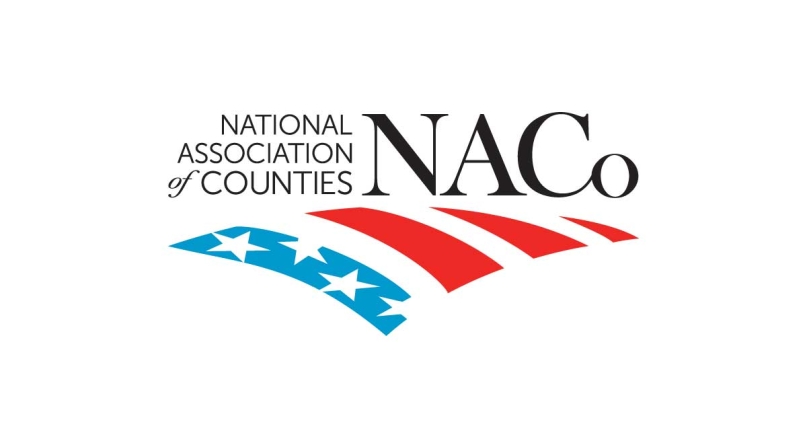County Leaders Advocate for FEMA Act in Visit to Washington, D.C.
Upcoming Events
Related News

WASHINGTON – Nearly two dozen county leaders from 15 states are in attendance this week at a National Association of Counties (NACo) fly-in focused on disaster reform. The participants are members of NACo’s Intergovernmental Disaster Reform Task Force, a group of elected and appointed county leaders focused on strengthening our nation’s disaster mitigation, response and recovery capabilities. In over two dozen meetings on Capitol Hill, participants advocated for the passage of the FEMA Act (H.R. 4669), which was approved by the U.S. House Transportation and Infrastructure Committee by a vote of 57-3 and now stands before the House.
“When disasters strike, county emergency responders are first on the scene, and long after, counties take the lead on rebuilding our communities,” said NACo Executive Director Matthew Chase. “This robust role depends on an effective intergovernmental partnership, and the FEMA Act includes a range of county priorities that will improve our ability to serve and support our residents in their greatest time of need.”
Components of the FEMA Act recommended by NACo’s Intergovernmental Disaster Reform Task Force include:
- Universal disaster application: Simplifying and unifying survivor applications across federal agencies, reducing confusion, duplication and delays for disasters survivor survivors.
- Public Assistance program reform: Transitioning from a reimbursement-based model to a grant-based model for FEMA Public Assistance, ensuring counties can more quickly restore vital infrastructure.
- Public Assistance dashboard: Increasing transparency and visibility into the status of project approvals, obligations and disbursements.
- Loan interest payment relief: Allowing for interest incurred on loans to be covered by FEMA Public Assistance.
“Counties thank our federal partners for giving us an active role in developing this bill – a bill we believe will streamline disaster support and facilitate a strong intergovernmental partnership in times of need,” said Jefferson Parish, La. President Cynthia Lee Sheng, co-chair of the Intergovernmental Disaster Reform Task Force and a participant in the fly-in. “We’re here to make sure every last question lawmakers have about this bill is answered – from a universal disaster application to reforming FEMA’s Public Assistance Program, county leaders can speak to the impact these reforms will have on the ground.”
In 2023, 1,027 counties – over one-third of all counties – experienced at least one federally declared disaster, with hundreds of lives lost. Twenty-seven disaster events passed the billion-dollar mark in damages, and in total disaster damages cost $182.7 billion. These figures mark a steep jump in recent years.
For more information about the FEMA Act, click here. For more information about NACo’s Intergovernmental Disaster Reform Task Force, click here.
Media Contact

Nicole Weissman
Related News

County officials moonlight in search and rescue roles
For some county officials, participating in search and rescue operations is another way to serve their communities, and make it safer for people to enjoy natural recreation resources.

SUPPORT Reauthorization Act of 2025: What it means for counties
On December 1, the bipartisan SUPPORT for Patients and Communities (SUPPORT) Reauthorization Act of 2025 (H.R. 2483) was signed into law. The reauthorization renews vital federal funding for programs that seek to prevent opioid overdoses and expand treatment and recovery options.

County Countdown – Dec. 1, 2025
Every other week, NACo's County Countdown reviews top federal policy advocacy items with an eye towards counties and the intergovernmental partnership.
Featured Initiative
Intergovernmental Disaster Reform Task Force
As disasters intensify across the country, county governments play a crucial role on the frontlines of emergency management and recovery. With a commitment to advancing federal policies that foster collaboration between counties, federal agencies and other intergovernmental partners, the Task Force builds on years of county-led efforts to enhance disaster policies and practices, driving improved outcomes nationwide.
